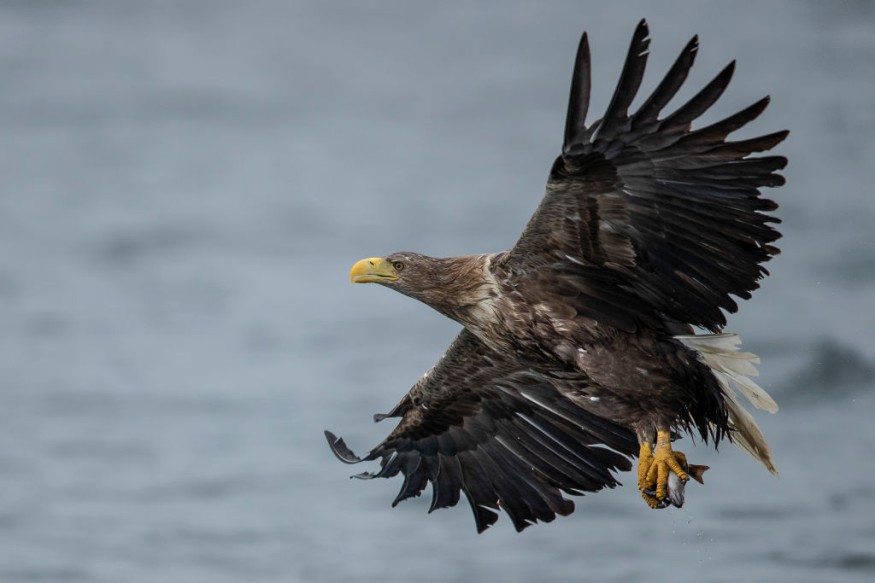
For the first time in more than a century, white-tailed eagles, also known as sea eagles, were spotted at Loch Lomond national nature reserve. They have been observed to be looking for suitable nesting sites, on the possibility that they might be staying.
An exclusion zone has been placed around the area to protect the native birds, hoping that they might stay and breed. Nature bodies are doing what they can to protect these native birds because it has been told through history that these sea eagles haven't settled at Loch Lomond since habitat changes led to their extinction in Britain in the early 20th century.
The last known bird was reported in the year of 1918, in Shetland, a subarctic archipelago in the Northern Isles of Scotland.
The Sea Eagle's nature
White-tailed eagles vary in size, weighing up to 6.9 kg. These magnificent birds are the largest eagles in Europe and are considered to be very scarce and rarely seen, mainly due to human activities. The white-tailed eagle was considered endangered or extinct in several countries, especially because of habitat alterations and destruction of wetlands in the early years. Man-made chemical pesticides and organic compounds also threatened the life of these birds, considering that white-tailed eagles live most of the year near large bodies of open water.
Sea eagles have a wingspan of 200-240cm, with 'fingered' ends. These birds were reintroduced to Scotland in the 1970s, again in the 1990s, and early 2000s. There are now estimated to be more than 150 breeding pairs. They eat largely fish, but also take various birds, rabbits and hares. When hunting for fish, they fly low over the water, stop to hover, then drop to snatch fish from the surface.
Man takes action for preservation
NatureScot Operations Manager Paul Roberts said: "This is the latest chapter in the continuing success story of sea eagle conservation.
"Along with our partners, we carefully manage the reserve to offer rich and diverse habitats to support a wide range of birds and other wildlife, so it's very rewarding to see the sea eagles return to Loch Lomond after all these years. We're working closely with LLTNPA and RSPB Scotland to protect the birds and we are urging visitors to enjoy the reserve responsibly and make sure they don't disturb them."
He added: "White Tailed Eagles are the UK's largest bird of prey and to have them here in the National Park is something we are excited about."
"We all have a responsibility to help keep these special birds safe and try to minimise disturbance to them. We are engaging with a range of stakeholders who may be impacted by the birds' arrival in the area, including loch users, visitors and local farmers."
For more news and updates about nature and similar topics, don't forget to follow Nature World News!
© 2026 NatureWorldNews.com All rights reserved. Do not reproduce without permission.





